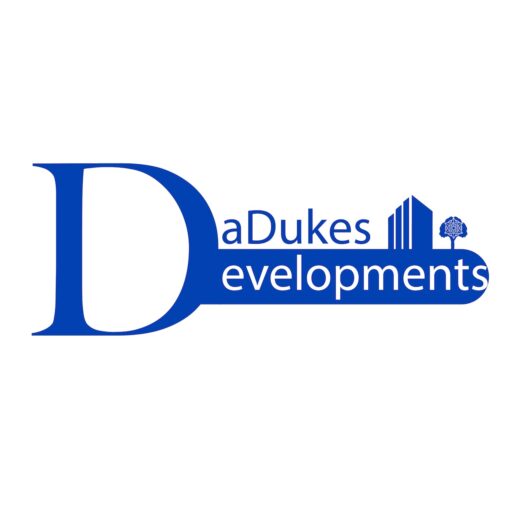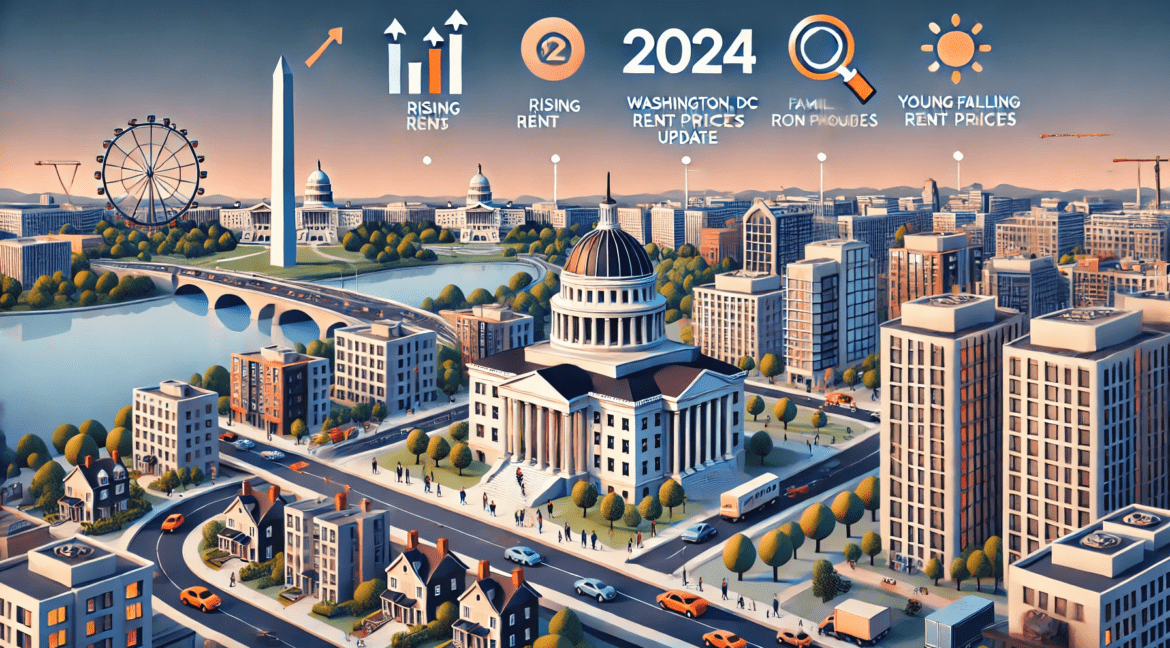The rental market in Washington, DC, is experiencing notable changes in 2024, reflecting broader economic trends and local dynamics. Understanding these shifts is crucial for renters, landlords, and investors looking to navigate the city’s real estate landscape.
Current Rental Prices and Growth
As of August 2024, the median rent in Washington, DC, stands at $2,536, marking a slight decrease of $64 from the previous month[5]. This figure is significantly higher than the national median, which is approximately $1,414[2]. Over the past year, DC has seen a rent increase of 1.8%, outpacing the national average decline of 0.8%[2]. This growth positions Washington, DC, as the 13th most expensive rental market among the 100 largest U.S. cities[2].
Market Trends and Comparisons
The rental market in Washington, DC, has been characterized by a steady increase in prices, with a year-to-date growth rate of 5.8%[2]. This trend is faster than the previous year’s growth, which was 4.4% from January to July 2023[2]. Moreover, the city’s rental prices are 47% higher than the national average, making it the 20th most expensive rental market in the U.S.[4].
Neighborhood Variations
Rental prices in Washington, DC, vary significantly depending on the neighborhood. Proximity to employment hubs and amenities often leads to higher rents. For example, areas closer to downtown or popular attractions tend to have higher rental costs[4]. In contrast, neighborhoods like Mount Rainier offer more affordable options, with a median rent of $1,535[2].
Supply and Demand Dynamics
The rental vacancy rate in Washington, DC, is currently at 6.7%, indicating a relatively tight market[6]. This rate reflects the high demand for rental properties, driven by a large population of renters who make up 57% of the housing market[6]. The availability of rental units is also influenced by the construction of new housing, although high interest rates have slowed borrowing and development activities[3].
Demographics and Housing Types
The rental market in Washington, DC, is diverse, with a significant portion of renters holding bachelor’s degrees or higher, accounting for 54% of the market[6]. The average household size for renter-occupied units is 2.19, with a median household income of $61,871[6]. Apartments priced over $2,000 represent the majority of the rental market, while more affordable options are limited[6].
Conclusion
The Washington, DC rental market in 2024 is marked by rising rents and strong demand, driven by economic factors and demographic trends. For those navigating this market, understanding these dynamics is essential for making informed decisions. As the year progresses, continued monitoring of these trends will be crucial for adapting to the evolving real estate landscape.
Disclaimer: This blog post is for informational purposes only and does not constitute financial advice. Please consult with a real estate professional for advice tailored to your specific circumstances.
Citations:
[1] https://www.redfin.com/city/12839/DC/Washington-DC/housing-market
[2] https://www.apartmentlist.com/rent-report/dc/washington
[3] https://innago.com/district-of-columbia-housing-market-trends-forecast/
[4] https://www.relocity.com/blog/washington-d-c-market-rental-trends-report
[5] https://www.zillow.com/rental-manager/market-trends/washington-dc/
[6] https://www.point2homes.com/US/Average-Rent/DC/Washington.html



